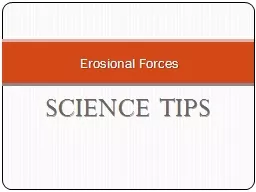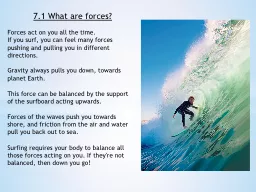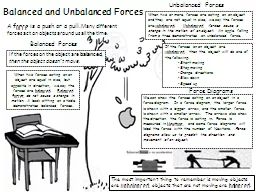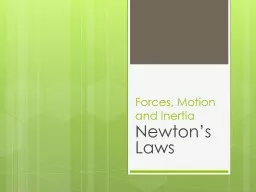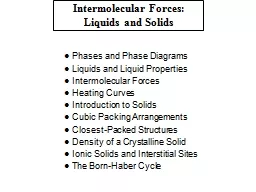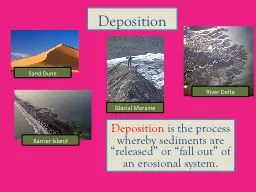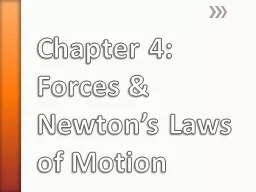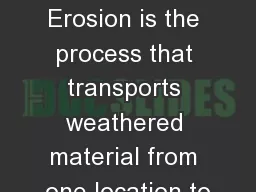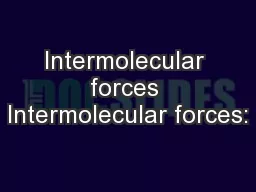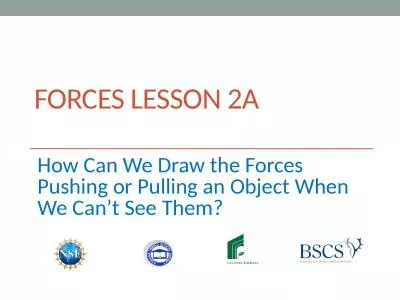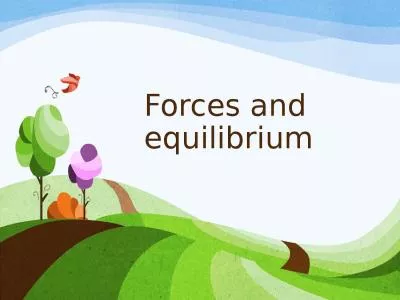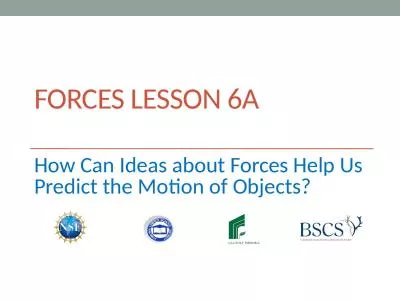PPT-SCIENCE TIPS Erosional Forces
Author : myesha-ticknor | Published Date : 2018-02-06
1 42712 What are glaciers Your lab states that glaciers move under the force of two thingswhat are they Explain 2 ways that glaciers erode rock Give 3 examples of
Presentation Embed Code
Download Presentation
Download Presentation The PPT/PDF document "SCIENCE TIPS Erosional Forces" is the property of its rightful owner. Permission is granted to download and print the materials on this website for personal, non-commercial use only, and to display it on your personal computer provided you do not modify the materials and that you retain all copyright notices contained in the materials. By downloading content from our website, you accept the terms of this agreement.
SCIENCE TIPS Erosional Forces: Transcript
Download Rules Of Document
"SCIENCE TIPS Erosional Forces"The content belongs to its owner. You may download and print it for personal use, without modification, and keep all copyright notices. By downloading, you agree to these terms.
Related Documents

